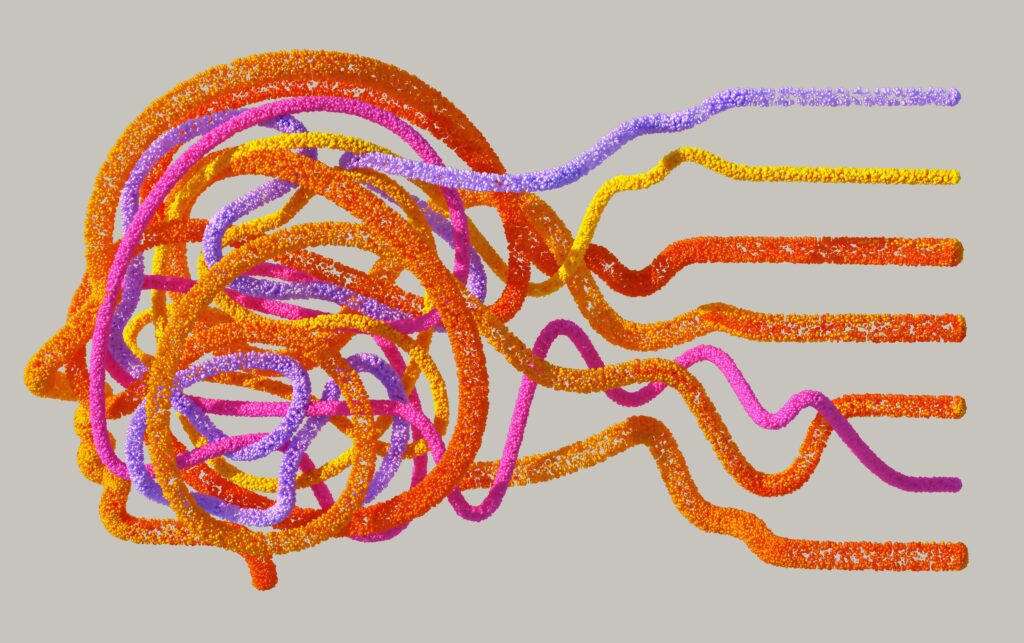
There’s a thing I call “CPTSD Velcro.” It’s not a clinical term, but maybe it should be.
For now, we’ll just call it a Jackism.
It’s that sticky emotional residue left behind by an offhand comment, a strange look, a friend’s delayed reply, or a breakup that happened last year or ten years ago. It’s the way certain moments, people, or interactions don’t just happen to you. They cling. Or keep replaying it in your mind. And they get tangled up in your nervous system like emotional lint you can’t shake loose.
They become… Velcro.
Why am I still thinking about this?
If you live with CPTSD, you probably know the feeling. Someone says something that hits a nerve, maybe not even in a cruel way, and you suddenly feel 6 years old, 12 years old, or 19 and raw and confused again. You know, rationally, that it’s “not a big deal.” But that doesn’t matter. It feels like a big deal. It feels like danger. Like shame. Like abandonment.
And you can’t stop thinking about it.
It loops. It spirals. You try to shake it off, but no matter what you do, it continues to show its ugly head. Frustratingly.
What’s actually happening?
When you’ve experienced prolonged trauma, especially in your early life, your brain wires itself for survival. It doesn’t just remember events. It remembers sensations, tones, facial expressions, and patterns. Your body becomes a radar system for threat, even in the absence of danger.
So when something in your present matches up with something painful from your past, the old wound flares up again. And it doesn’t matter that you’re safe now. Your nervous system doesn’t speak the language of time. It only speaks “familiar.”
And trauma is very familiar.
The CPTSD Velcro isn’t weakness. It’s memory.
It’s your body remembering what it never got to process safely.
The problem isn’t that you’re too sensitive. The problem is that you learned to be hyperaware, because once upon a time, missing the signs meant real consequences.
👉 Related: I’m Sensitive, And That’s Okay
The Velcro effect isn’t about being dramatic. It’s about being conditioned.
So how do we unstick?
You don’t fight Velcro by yelling at it.
You soften it.
You slow down. You get curious. You name it when it happens: “Ah, there’s that sticky thing again. My brain is tagging this as danger because it used to be.”
You practice grounding. You call a safe person. You remind yourself: the moment isn’t then. I’m allowed to be hurt, but I don’t have to punish myself with it.
And over time, through therapy, body work, breath, and boundaries, you can start to peel the Velcro off. Not by force. But by giving your system something it didn’t get before:
Safety.
Understanding.
Time.
Something to Remember
If something keeps sticking, it doesn’t mean you’re broken.
It probably means it touched a part of you that never got closure, or safety, or clarity.
CPTSD Velcro is real. But so is healing.
And every time you notice it happening and choose care instead of shame, you’re unsticking a little more.
Photo by Google DeepMind on Unsplash
